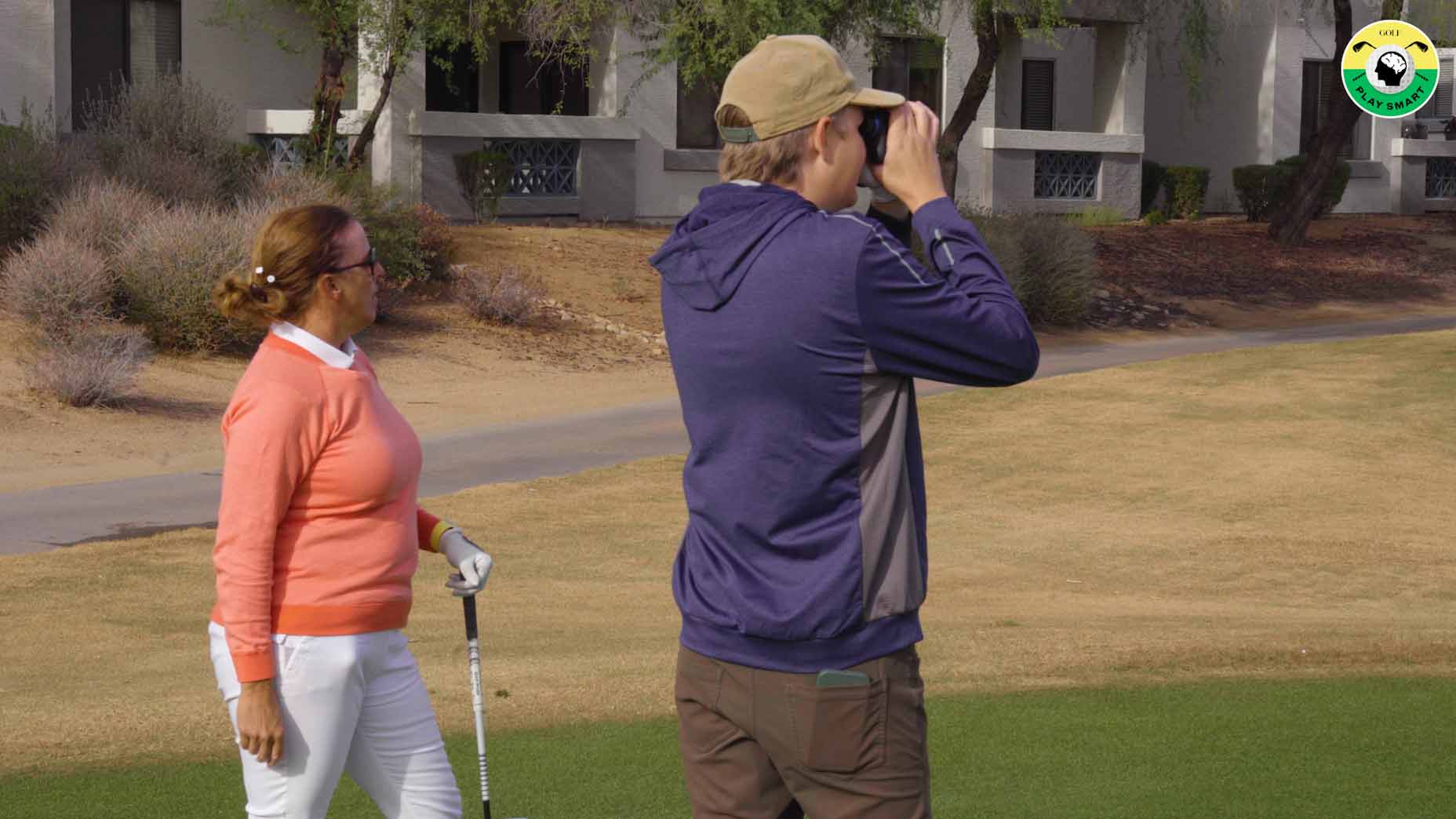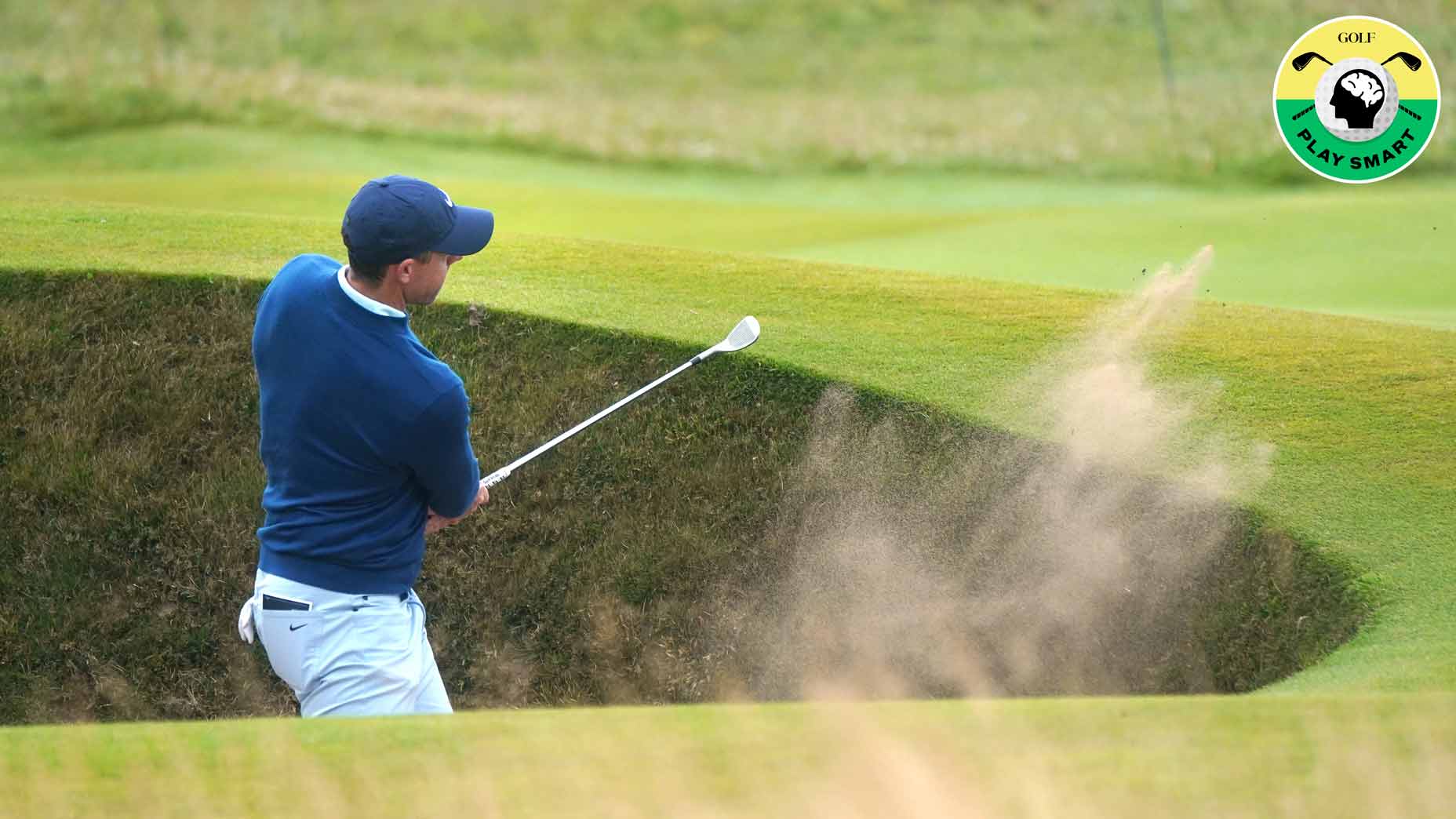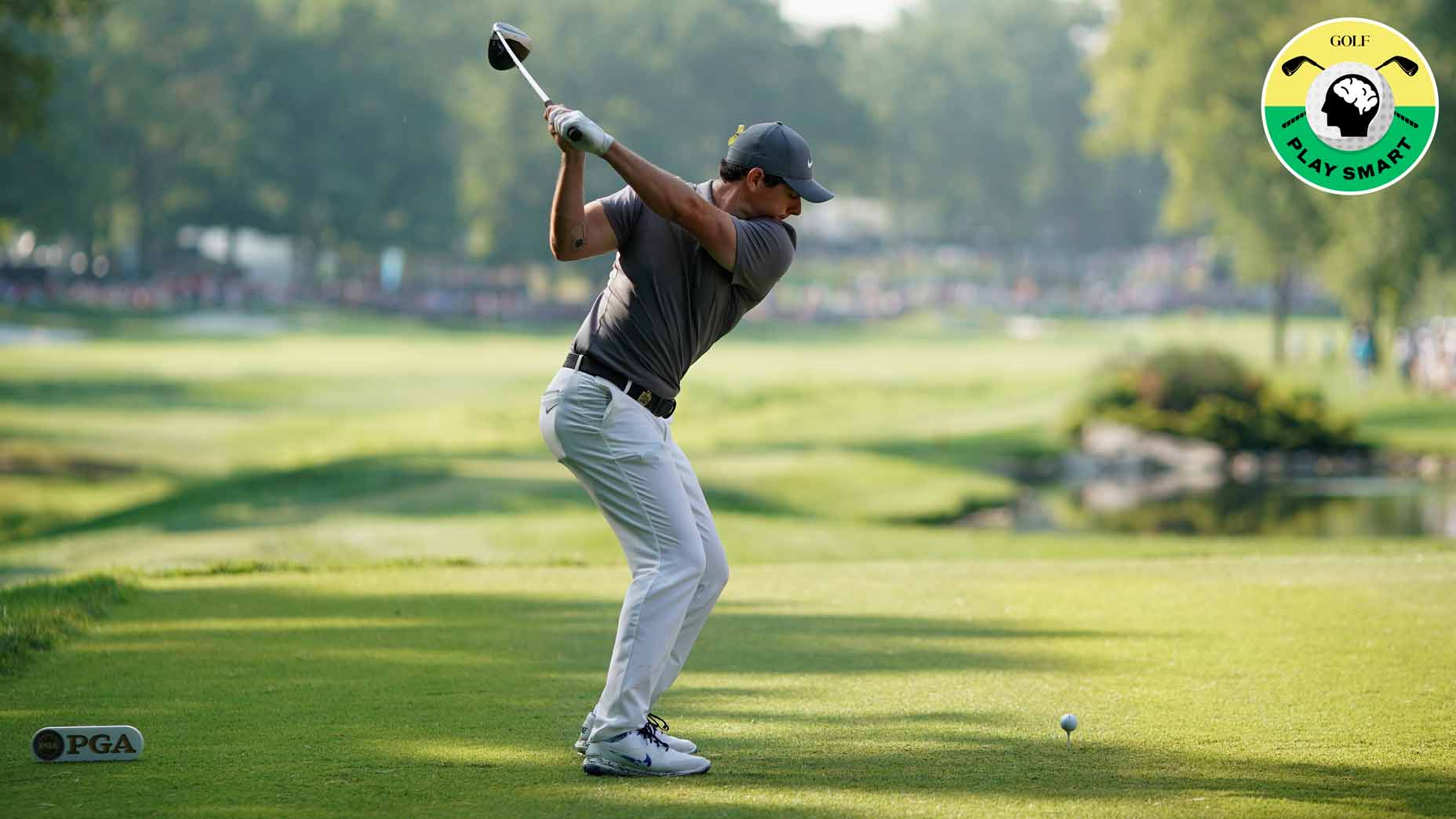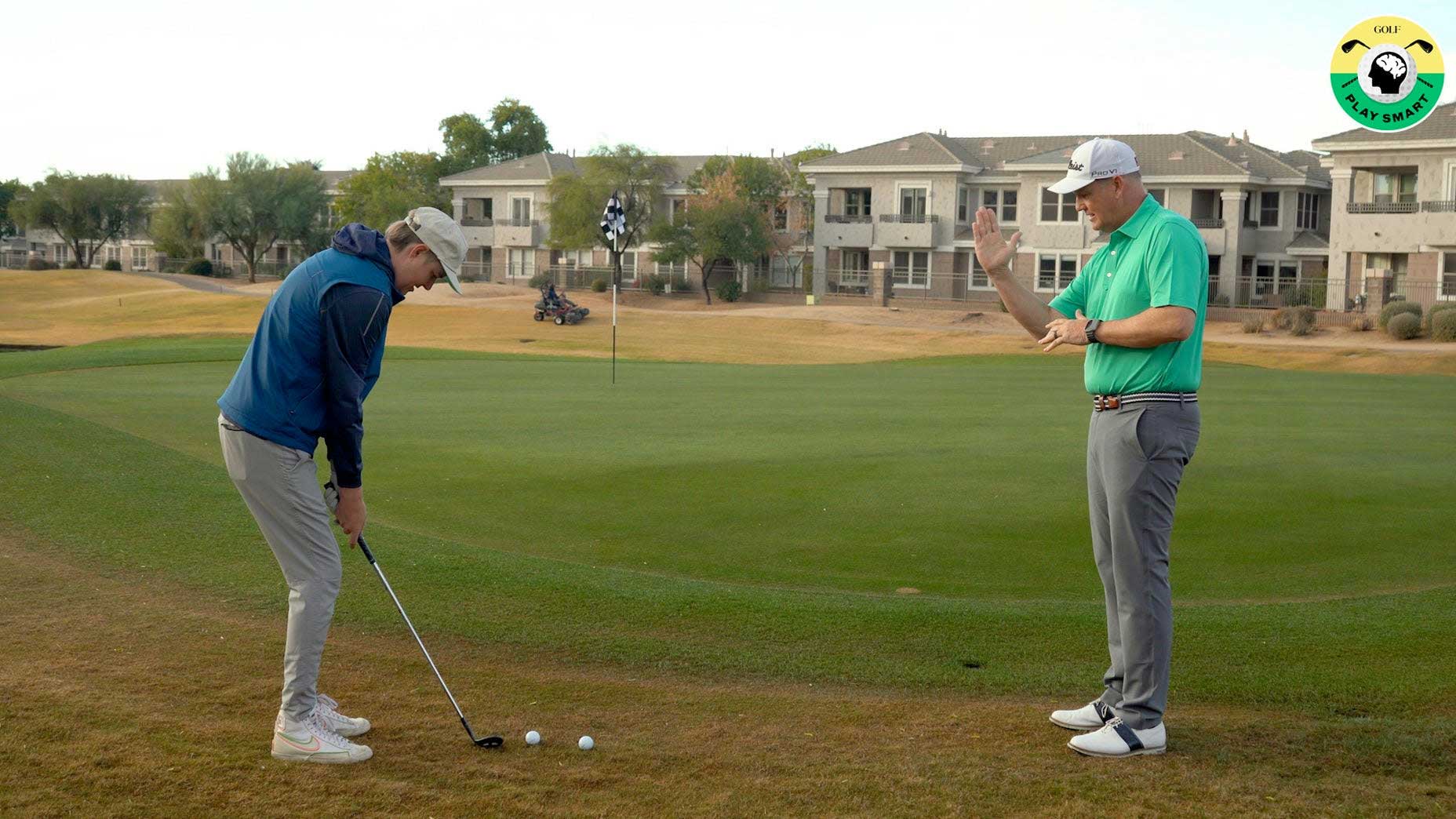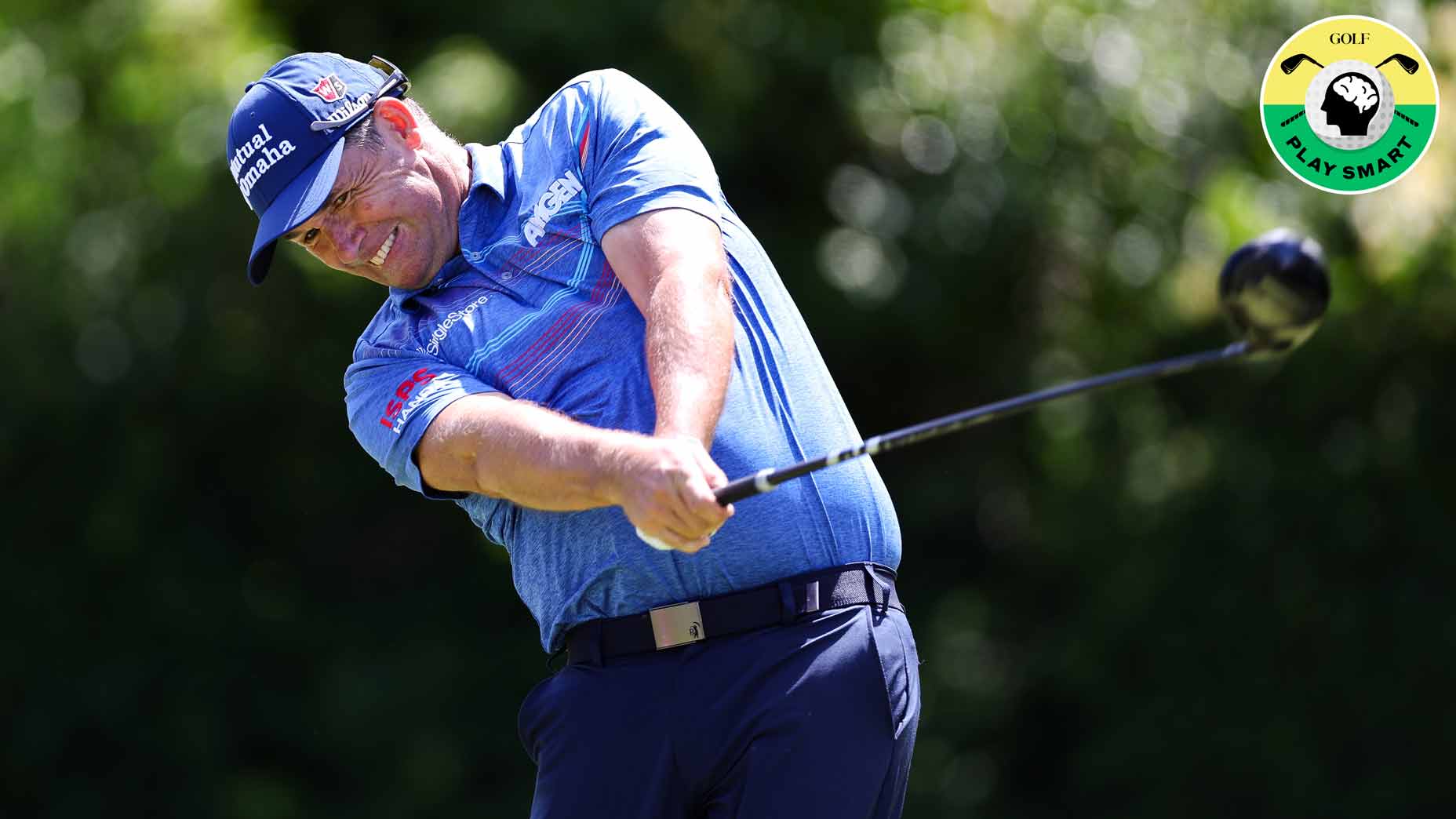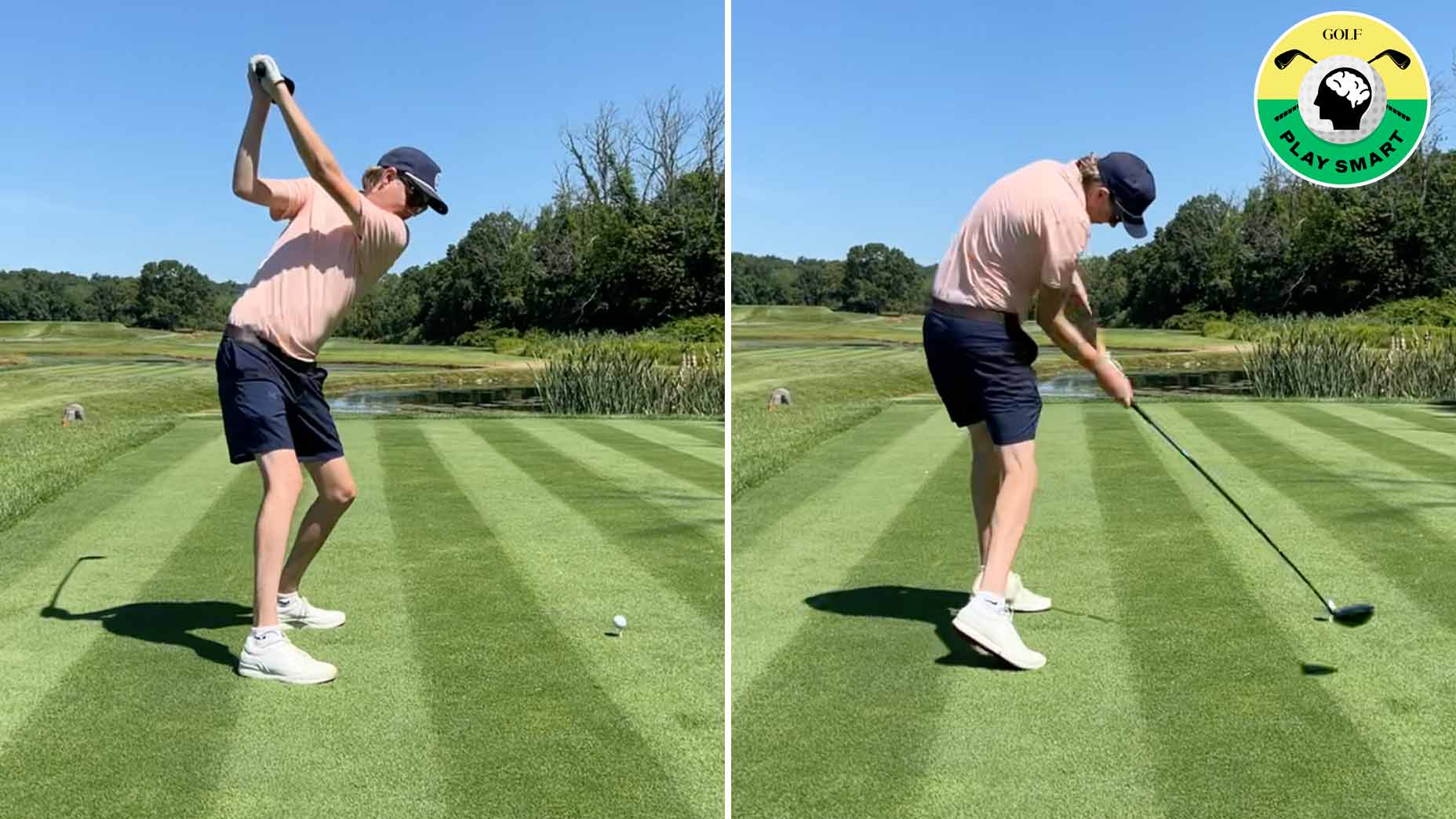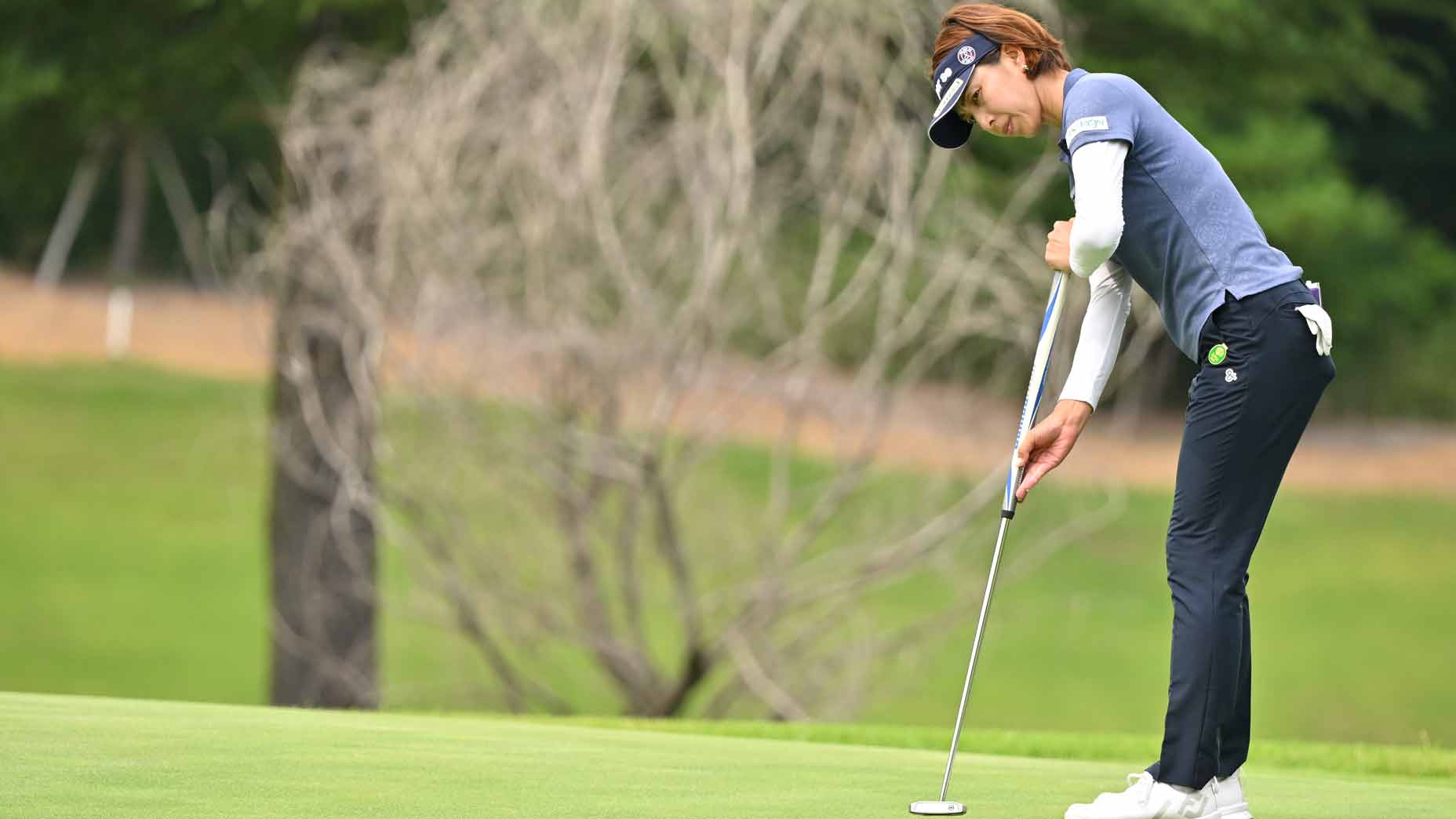Data shows how likely you are to 3-putt based on your handicap

Three-putts happen more often than you might think.
Getty Images / @LouStagner
Welcome to Play Smart, a regular GOLF.com game-improvement column that will help you play smarter, better golf.
The name of the game on the greens is avoiding three-putts. Sure, you want to hole your first putt when you can, but your biggest priority should be avoiding three-putts.
That mission can be easier said than done. Even for the pros, making putts from distance isn’t as likely as taking three swipes to get in the hole. According to data from 2021, a first putt from 33 feet had a make rate of 5.8 percent on the PGA Tour. The chances of a three-putt? A whopping 6.4 percent. That’s right, at just 33 feet, the likelihood of walking away with bogey was greater than the likelihood of making birdie — and that’s among the best players in the world! With that in mind, your first priority should always be keeping three-putts off the card.
The rate at which recreational golfers three-putt varies quite a bit across skill levels. Scratch players will three-putt less than five-handicaps, and fives will three-putt less than 15s. What do the exact numbers look like across skill levels, though? Thanks to data-guru Lou Stagner, we have those answers.
As one would expect, 20-handicaps have a much greater chance of three-putting than players of higher skill levels. At just 10 feet from the cup, they three-putt almost 7 percent more of the time than scratch players — and that gap only grows as they get further from the cup. Once the 20-handicap gets into the 36-40 foot range, three-putting becomes almost a coin flip. Scratch players aren’t invincible, either. At that same 36-40 foot range, they three-putt just over 25 percent of the time, with five-, 10- and 15-handicaps three-putting at 33.8, 38.6 and 43.5 percent of the time.
You’ll also notice that the closer you get to the hole, the less likely you are to three-putt (duh). But what might surprise you is how close to the hole these three-putt percentages tend to significantly jump. A 20-handicap might be jumping for joy after hitting a green in regulation, but if they’re outside that 35-foot mark, a bogey is still very much in play.
Don’t let these numbers be too discouraging, though. There are things you can do to minimize your likelihood of three-putting. Chief among them? Distance control. Yes, direction matters, but your dispersion is going to be much larger front-to-back than it is left-to-right. Improving your distance control will shrink that front-to-back dispersion and help you reduce those three-putts.


